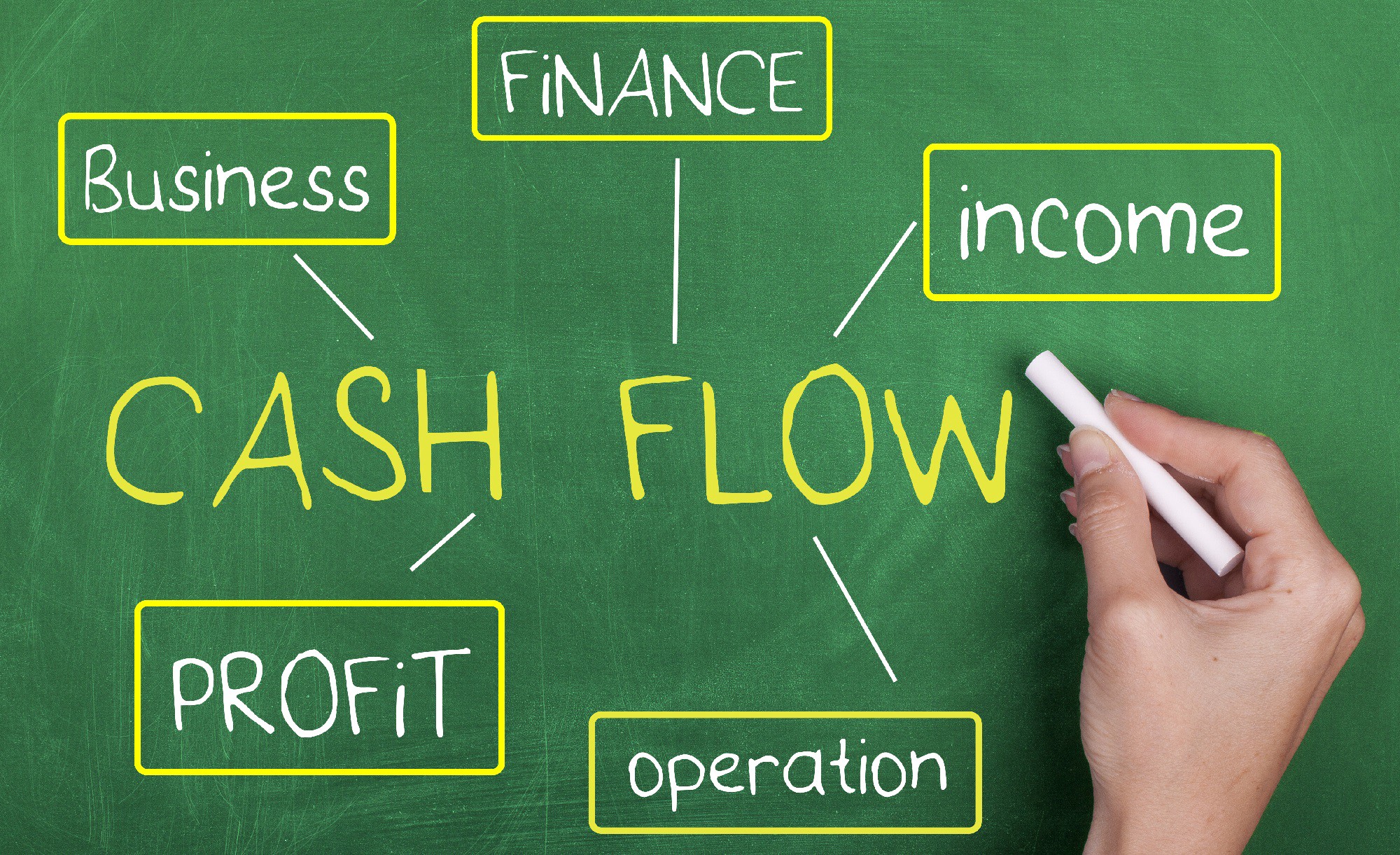It was reported in the presidential election of 1992, that James Carville, Bill Clinton’s campaign manager had a sign posted in their Little Rock Office that simple stated “It’s the economy, stupid”. This was a reminder to everyone a part of the campaign that the only thing that the election was about was the economy. It was there to keep the staff focused.
That year, I started my third business after failing in two others. But this time I scrawled my own sign and tacked it up in my office, which read “It’s cash flow, stupid”. It became my daily mantra to remind me that the business would succeed or fail based on the company’s cash flow. In fact, every company goes out of business for the same reason: they run out of cash.
Starting my first business in the 1980’s, I thought that the only thing that mattered was the sales of my products. I reasoned that if you have sales, you make money. This worked until customers didn’t pay on time or at the same rate that my business expenses grew. I found that even if customers did not pay their bills when they were due, employees and vendors still wanted to get paid on time. Employees are not interested in trading their salaries for future account receivables or for promises that they would be paid in a few weeks.
Every company needs to understand that sales does not pay bills—cash flow does. It is the gasoline that makes business engines run. Without cash, a business literally suffocates and will eventually close. It is critical to understand the affects that cash inflows and out flows have on their company’s health. These include the rate it collects money from its customers, the credit that it extends to them, the rate that the company pays its own bills, its expenses vs. sales, and the turnover of its inventory. Understanding how to read a cash flow statement will help.
However, when a business is investing in growth and expenses get ahead of their cash, they need a supplemental cash boost from the outside. Going to a bank for a loan is a time intensive and difficult process at a time when the business owner needs to focus on running their company.
This is where companies like Kabbage help. In fact, they just reported that their 150,000-plus small business customers accessed over 300,000 loans during non-banking hours, completing a record total of more than $1 billion in funding. “The findings illuminate the true around-the-clock nature of business owners,” said Kabbage CEO, Rob Frohwein. “While we wish small business owners could reclaim their nights and weekends, we built Kabbage to allow business owners to access funds on schedules convenient to them, not us.”
This is important because a new report from the Electronics Transactions Association (ETA), in partnership with NDP Analytics finds that for every $1 provided to small businesses via online lending platforms like Kabbage, it results in $3.79 in gross output in local communities.
Unlike a bank, qualifying for funding through Kabbage is simple. Business owners simply link their company’s online business accounts to Kabbage to review the real-time performance of the business and provides an answer in minutes—not weeks or months. They analyze a variety of performance metrics like revenue, payments and cash flow, but also website analytics, shipping data, and even social data to provide funding to deserving small businesses. Their lines of credit go as high as $250,000 and there are no obligations to pull money, allowing businesses to take the exact amount of money they need whenever they need it.
My clients have had great success with Kabbage. Give it a try!
This is post is sponsored by Kabbage.

